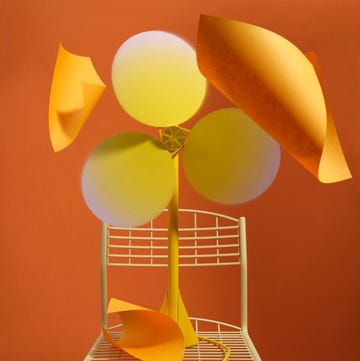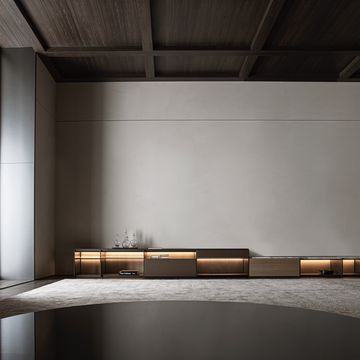Is there one important rule to follow when lighting your home?
It’s easy to over-light a space. We use light carefully and always ask ourselves, ‘Do I need this? Is it useful or beautiful?’ If not, we don’t include it. In most rooms no single light can perform all the functions of illumination at once. Layering is essential, as is lighting that focuses on key areas. It is a common mistake to just have a grid of downlights in the ceiling – a high level of light directed straight onto a floor in this way is a waste, and a needless use of energy.
What are the most interesting architectural tricks for lighting a home?
What's everyone reading?
For a room to feel bright, light should wash the walls and ceiling. Highlighting artwork and photographs will help to create focal points in a room. Draw attention to the things you love, as this will give your home personality. Also, incorporating lighting into joinery (shelves, display cases, vanity units, etc) is a great way of providing visual interest.
How do you go about creating a hidden lighting look?
If we decide to wash an area with light, it’s often best to hide the light source (you don’t even notice sources of light in great lighting schemes). We work closely with an architect or joiner on bespoke solutions that ensure the LED is in the perfect position to create a diffused glow.
What should you know if using concealed LED strips?
Avoid using ‘naked’ LED tape. We always house LED tape inside an aluminium profile with a diffuser – LEDs don’t like heat and the metal acts as a conductor helping to draw warmth away from them, prolonging their life. Bear in mind: most LED strips will need a remotely mounted LED driver (or several) that needs to be located somewhere dry, accessible and relatively well ventilated.
Is there one common lighting mistake to avoid?
Often LED strips get tucked up inside shadow gaps, ceiling coffers or under joinery without much thought. It’s common for light to get ‘trapped’ inside these details creating harsh shadows and limiting the amount of illumination. The location of your LEDs and the dimensions of the joinery detail you choose is very important to get the desired effect. A few millimetres can make a big difference to the end result. It’s also a common mistake to hide an LED strip only for it to be reflected by a glossy floor tile, so always think about the surfaces around the light to avoid unwanted reflections. lightingdesignstudio.co.uk












